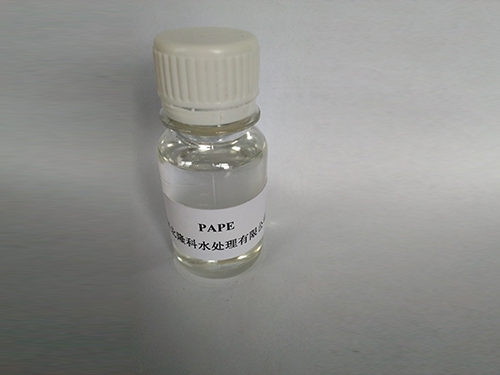Polyacrylamide Flocculant Applications in Water Treatment Processes and Techniques
Polyacrylamide Flocculant in Water Treatment An Overview
Water is one of the most essential resources on our planet, and ensuring its cleanliness and safety is paramount. Industrial activities, agriculture, and urban development contribute significantly to water pollution, making effective water treatment methods indispensable. Among the various technologies available, polyacrylamide (PAM) flocculants have emerged as crucial agents for the efficient treatment of wastewater.
Understanding Polyacrylamide
Polyacrylamide is a synthetic polymer that plays a vital role in numerous industrial applications, particularly in water treatment. Composed of acrylamide monomers, PAM can be found in several forms, including anionic, cationic, and nonionic variants, each catering to different types of wastewater treatment processes. The choice of the specific type of PAM is essential, as it directly influences the flocculation efficiency, which is the process of agglomerating suspended particles to form larger aggregates, or flocs, that can be easily removed from water.
Mechanism of Action
The effectiveness of PAM as a flocculant lies in its ability to alter the electrical charges and viscosity of the water. When introduced to wastewater, PAM’s polymer chains entangle with suspended particles. This interaction reduces the repulsive forces between particles, allowing them to collide and aggregate into larger flocs. The formation of these larger flocs is crucial because they can be removed from the water through sedimentation, filtration, or flotation processes.
Applications in Water Treatment
Polyacrylamide flocculants are extensively used in various sectors for water treatment, including
1. Municipal Wastewater Treatment PAM is employed in the primary, secondary, and tertiary treatment stages of municipal wastewater facilities. It aids in the removal of suspended solids, organic matter, and other contaminants, thus ensuring treated water meets environmental regulations.
2. Industrial Wastewater Management Industries such as mining, paper manufacturing, and food processing generate significant quantities of wastewater laden with pollutants. PAM is used to clarify effluents by facilitating the sedimentation of fine particulates and emulsified oils.
polyacrylamide flocculant water treatment

3. Sludge Dewatering In wastewater treatment plants, sludge is a common byproduct. PAM is often utilized in dewatering processes, where it helps to improve the efficiency of equipment, reducing the volume of sludge that needs disposal and making it more manageable.
4. Water Clarification in Potable Water Treatment PAM is also used in drinking water treatment to enhance the removal of algae, turbidity, and suspended solids, thus improving water quality.
Advantages of Using Polyacrylamide
The use of PAM in water treatment comes with several significant advantages
- Efficiency PAM flocculants are highly effective at low doses, making them cost-efficient. Their ability to produce larger flocs leads to enhanced settling rates, which accelerates the treatment process. - Versatility The variety of PAM formulations available allows for tailored solutions to suit different wastewater characteristics and treatment goals.
- Environmental Safety PAM is generally considered safe for the environment when used in accordance with regulatory standards. Given that hydrolyzed PAM can break down naturally in ambient conditions, it minimizes the production of harmful residuals.
Considerations and Best Practices
While PAM provides numerous benefits in water treatment, it is important to employ it judiciously. Accurate dosing is crucial, as excessive use may lead to reduced treatment efficiency. Additionally, the potential for toxicity associated with unpolymerized acrylamide necessitates careful handling and monitoring to protect both workers and the environment.
Conclusion
In summary, polyacrylamide flocculants are pivotal in modern water treatment technologies, offering innovative solutions for managing wastewater from various sources. Their ability to enhance sedimentation and improve water clarity makes them invaluable in protecting human health and the environment. As industries continue to face challenges related to water quality, the role of PAM in facilitating effective treatment processes will only grow in importance. Embracing this technology, combined with responsible practices, will contribute significantly to sustainable water management and environmental conservation.
-
LK-319 Special Scale And Corrosion Inhibitor For Steel Plants: Advanced Solutions for Industrial Water SystemsNewsAug.22,2025
-
Flocculant Water Treatment: Essential Chemical Solutions for Purification ProcessesNewsAug.22,2025
-
Isothiazolinones: Versatile Microbial Control Agents for Industrial and Consumer ApplicationsNewsAug.22,2025
-
Scale Inhibitor: Key Solutions for Water System Scale PreventionNewsAug.22,2025
-
Organophosphonates: Versatile Scale Inhibitors for Industrial Water SystemsNewsAug.22,2025
-
Scale and Corrosion Inhibitor: Essential Chemical Solutions for Water System MaintenanceNewsAug.22,2025





